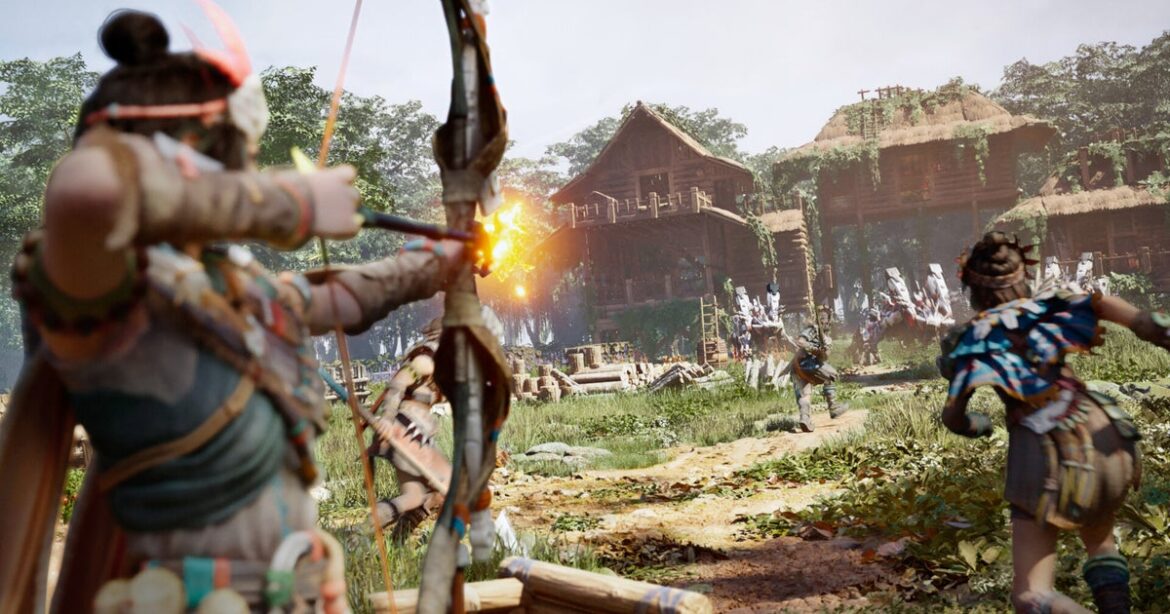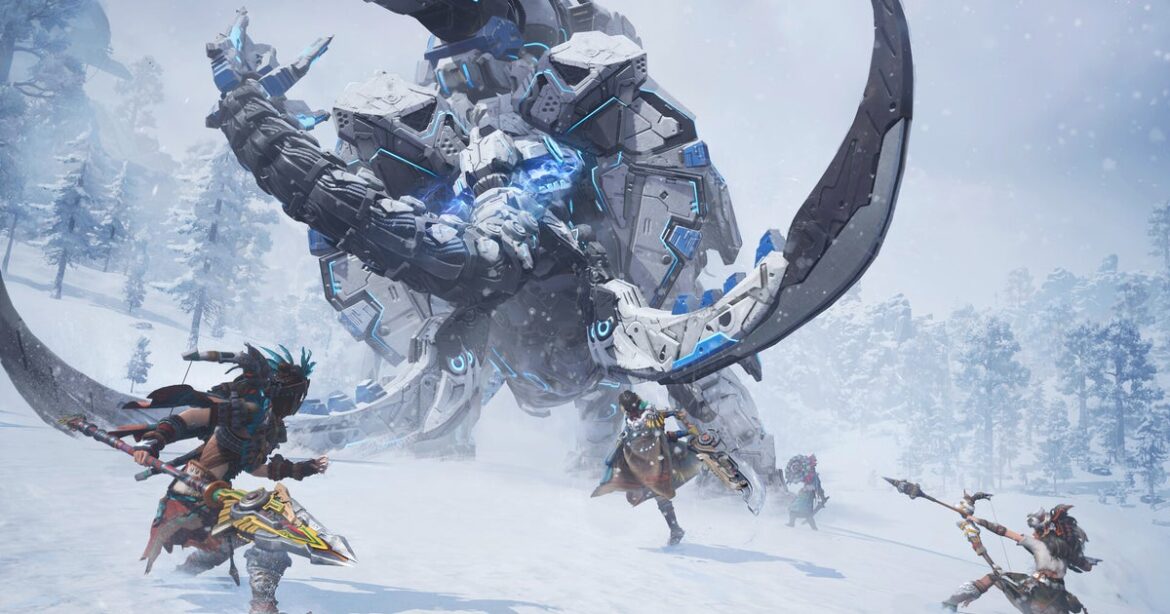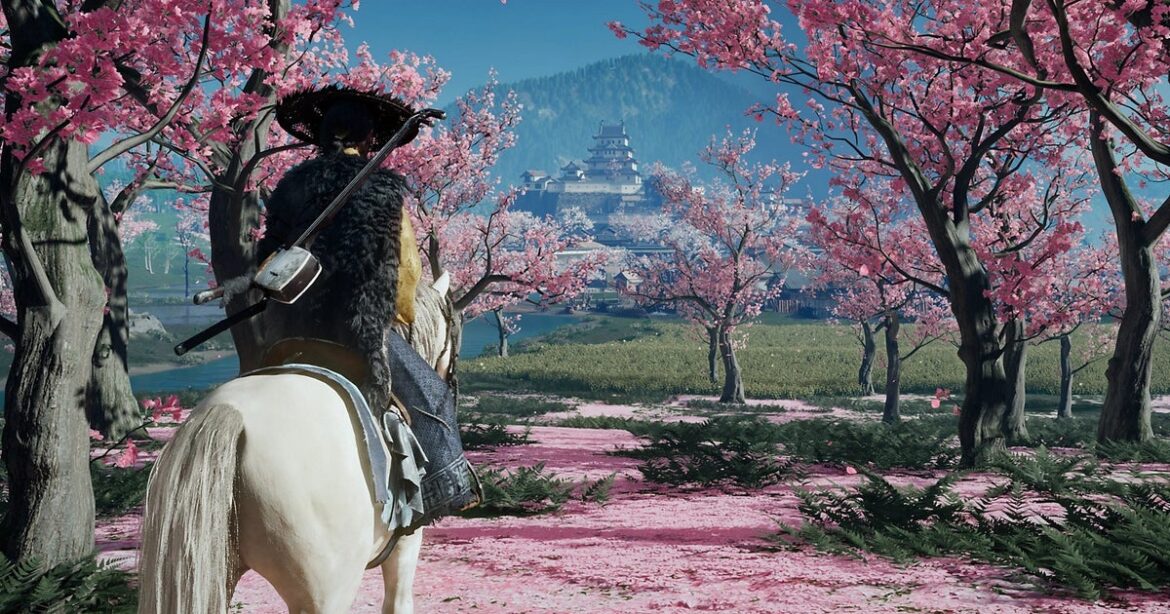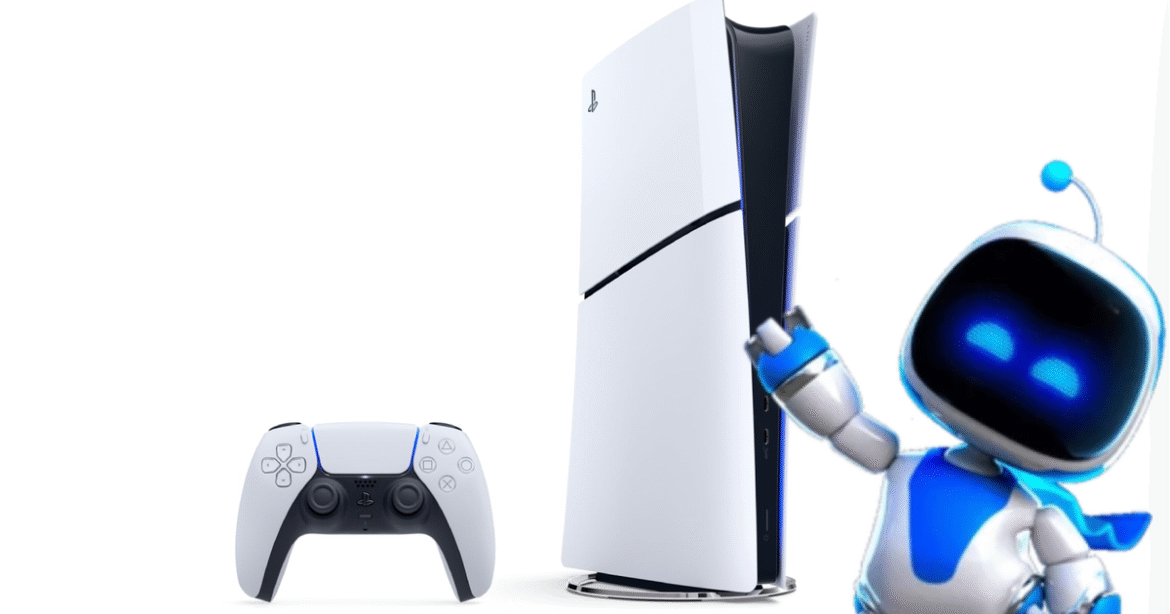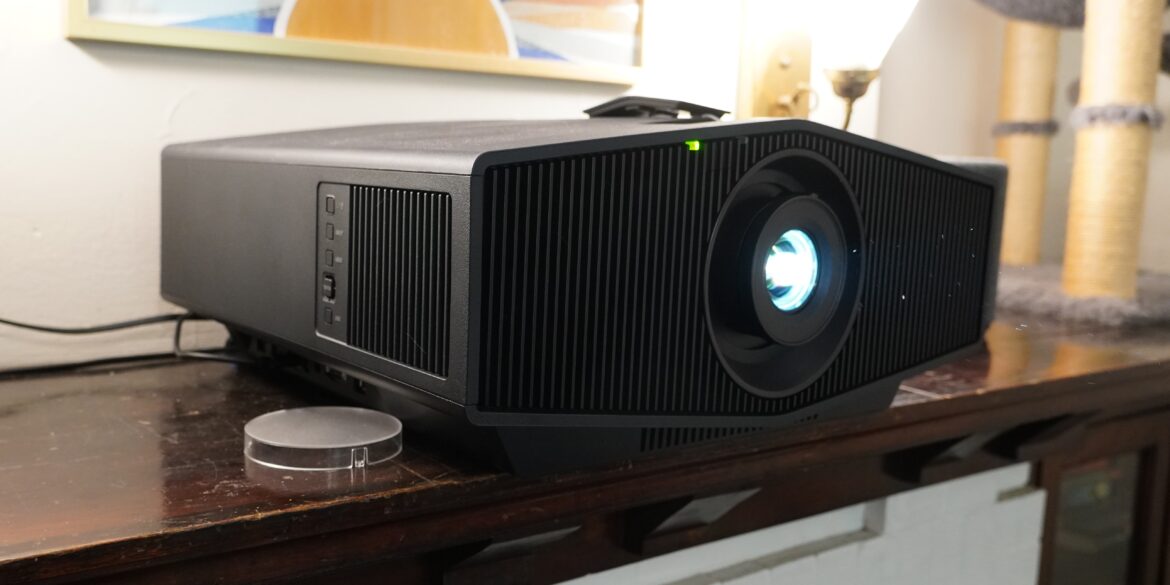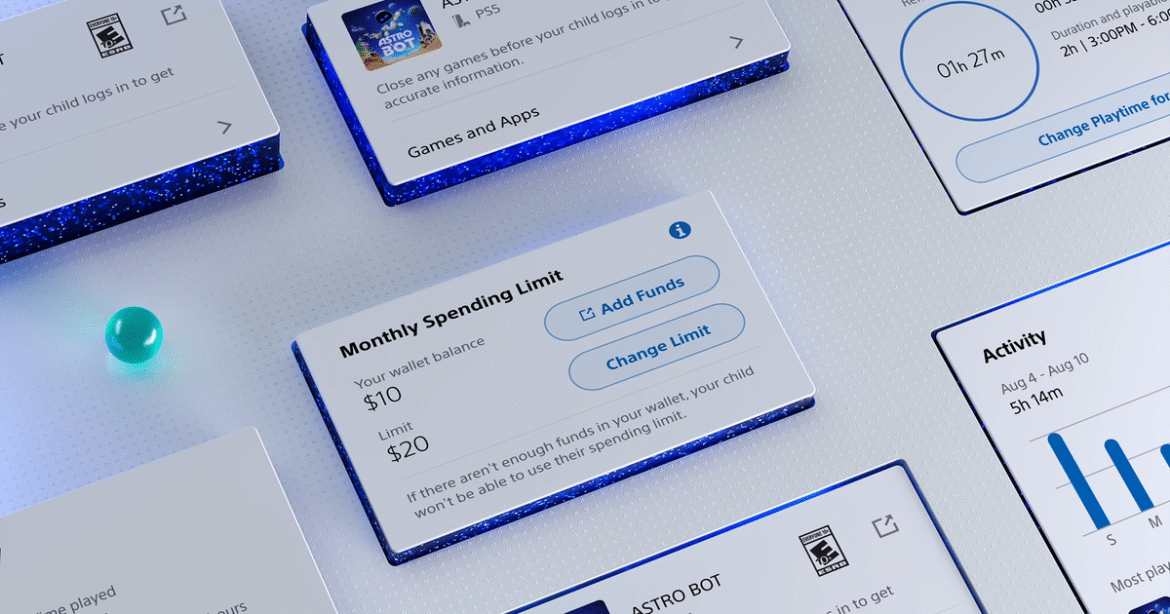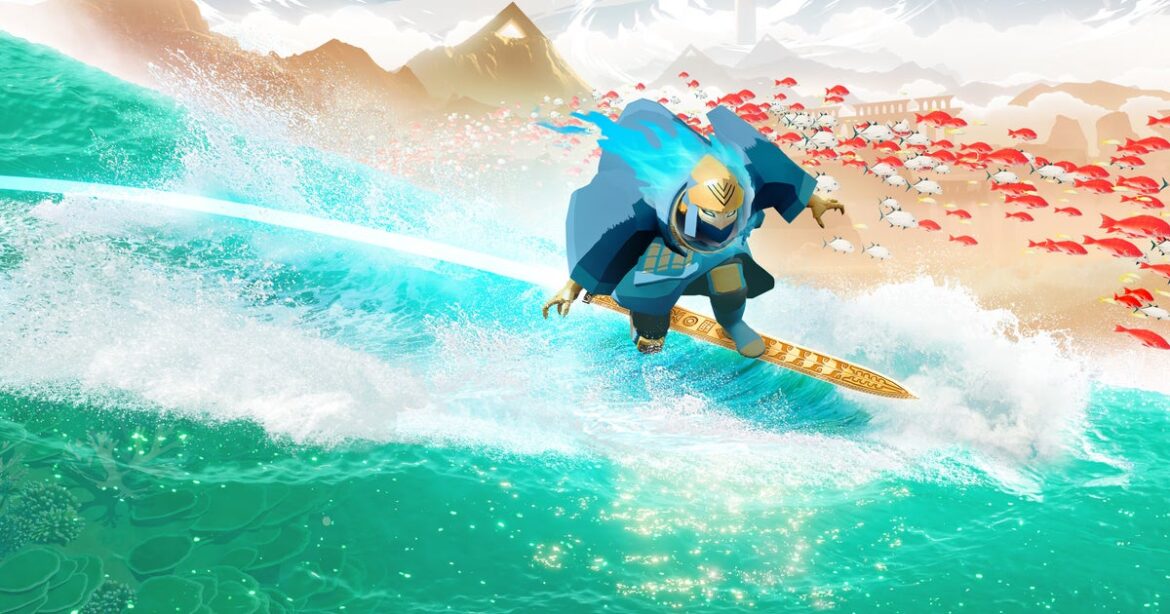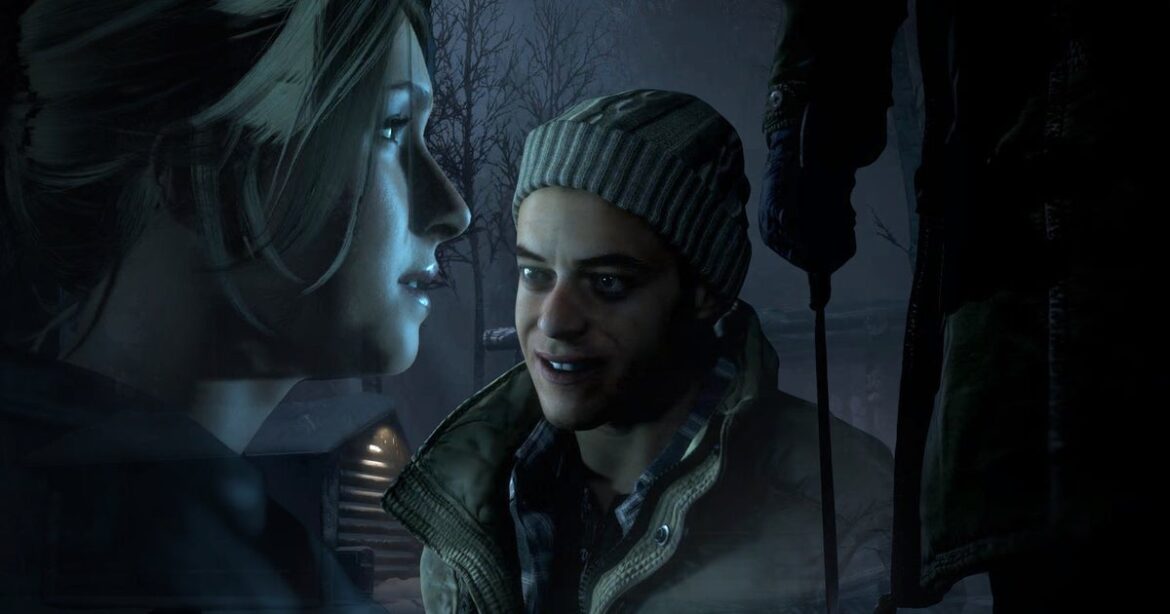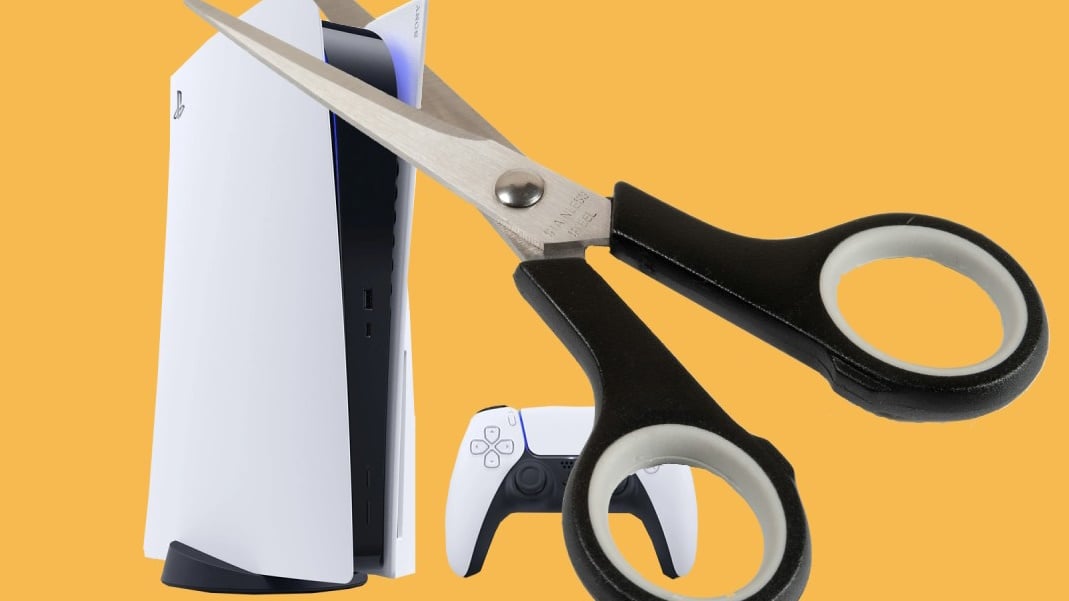Tencent is disputing Sony’s claims that its upcoming game Light of Motiram is a “slavish clone” of its tentpole Horizon series, claiming the latter is not “fighting off piracy, plagiarism, or any genuine threat to intellectual property” but is instead attempting to “transform ubiquitous genre ingredients into proprietary assets.”
Back in July, Sony filed a copyright lawsuit against Tencent. In court papers filed at the time, Sony demanded a jury trial for copyright and trademark infringement and to prevent the “imminent” release of Tencent’s upcoming title, accusing it of “rip[ping] off” Horizon lead Aloy, “deliberatedly causing numerous game lovers to confuse Light of Motiram as the next game in the Horizon series with encountering Tencent’s promotional game play videos and social media accounts.” Shortly thereafter, Tencent made several changes to Light of Motiram’s Steam page and its promotional art.
Now, as spotted by The Game Post, Tencent claims Light of Motiram is merely making use of “time-honored” tropes that are outside “Sony’s exclusive domain,” calling Sony’s copyright claims “startling.”
“Plaintiff Sony has sued a grab-bag of Tencent companies – and ten unnamed defendants – about the unreleased video game Light of Motiram, alleging that the game copies elements from Sony’s game Horizon Zero Dawn and its spinoffs,” Tencent’s lawyers wrote.
“At bottom, Sony’s effort is not aimed at fighting off piracy, plagiarism, or any genuine threat to intellectual property. It is an improper attempt to fence off a well-trodden corner of popular culture and declare it Sony’s exclusive domain.”
The court papers further assert that Horizon Zero Dawn’s art director, Jan-Bart Van Beek, suggested in a documentary that the game’s premise was not original, and referenced 2013’s Enslaved: Odyssey to the West.
“Long before this lawsuit was filed, the developers of Horizon Zero Dawn publicly acknowledged that the very same game elements that, today, Sony claims to own exclusively, were in fact borrowed from an earlier game.
“Sony’s Complaint tellingly ignores these facts. Instead, it tries to transform ubiquitous genre ingredients into proprietary assets,” Tencent added. “By suing over an unreleased project that merely employs the same time-honored tropes embraced by scores of other games released both before and after Horizon — like Enslaved, The Legend of Zelda: Breath of the Wild, Far Cry: Primal, Far Cry: New Dawn, Outer Wilds, Biomutant, and many more — Sony seeks an impermissible monopoly on genre conventions.”
Tencent also dismissed Sony’s claims its representatives pitched a Horizon mobile game at GDC in 2024, and states Sony is suing the wrong companies as “none of the served defendants develop and market the Light of Motiram video game that Sony alleges infringes its intellectual property in the Horizon franchise.” It also claimed that it cannot be sued for a game that has a release window of Q4 2027 and not yet released.
For more on Tencent, check out our feature, Behind the scenes at Tencent.

